The uncanny art of Louise Hearman Louise Hearman’s win in this year’s Archibald circus catapulted the artist’s name to prominence. The win was unusual for a Melbourne artist in this most Sydneycentric of art prizes. She is only the second Melburnian to do so in the past decade; her predecessor was the Adelaide-born, Melbourne-based Sam Leach in 2010. Louise Hearman is a very Melbourne product: Melbourne-born, Melbourne-trained and Melbourne-based, but she is having her first institutional survey show at the age of 53 in the heart of the Sydney art establishment, the Museum of Contemporary Art. It is a modest-scale exhibition with about fifty smallish oil paintings on composition board (Masonite), plus about twenty-five works on paper. They are generally dark, mysterious and brooding paintings, like half-remembered nightmares, which have been lovingly distilled, recalled and depicted. They are disturbed and disturbing paintings, where surreal juxtapositioning of elements from the animate and inanimate worlds invariably haunts the imagination of the viewer. Franz Philipp when discussing the small wartime paintings of Arthur Boyd described them as ‘agoraphobic surrealism’ and there is something of that quality in Hearman’s art, with carefully observed images brought in from the outside world and then deciphered and dissected like specimens within her studio space. Hearman seduces us with her immaculate technique, whether it be capturing light on a child’s face and hair, a drop of water, a flower petal or animal fur, details in a landscape or textures on disparate surfaces. She certainly has mastery of the painter’s toolbox, but also is quick to reject a photographic verisimilitude and frequently hastens to add passages of textured paint and unfinished edges to stress the fact that we are dealing with a tactile painting that carries a human touch and not a mechanical image. Hearman’s art sits uncomfortably within the general realm of the uncanny. Sigmund Freud in part reformulated and popularised the concept of the uncanny early in the 20th century and it received further refinement in the writings of Julia Kristeva and other theorists. The uncanny has become the subject of numerous art exhibitions with the famous examples at the Tate Liverpool in 2004 and at the Walker Art Center in 2012. Freud’s pronouncement that “the uncanny was not to be found in the exotic but the everyday” is a good starting point for the consideration of Hearman’s imagery, where she scavenges the everyday to create her highly disturbing compositions. Most of her work is untitled, so there is no authoritative guide on how we are meant to ‘read’ the imagery. The objects are highly recognisable – a child’s head, a cat, a dog, a row of teeth or luminous skies – but this set of obsessive images has been transformed through its setting. The compositions are situational, rather than descriptive, like a child half-submerged in water in what appears to be an industrial landscape, a child confronting the head of a serpent or the head of a dog set within the centre of a flower, but the meaning or purpose of these situations is undefined. They are lovingly, immaculately and exactingly depicted, but remain hauntingly enigmatic. Even when her paintings are of a recognisable subject, such as that of her partner Bill Henson, for which she was awarded the Doug Moran National Portrait Prize for 2014, the treatment of the subject as if it is a still life and a study of light on surfaces, rather than an animated human head, produces something of a distancing effect as we fail to emotionally engage with the subject.
Despite the implied dynamism in a number of the compositions, there is a distilled sense of stillness in her paintings, as if frozen in the moment. The sense of anticipation is immense, where so much could happen, but in fact very little does, and we are called upon to complete the narrative in our imagination. The exhibition in Sydney is an uneven show, in places repetitive, while in others somewhat disjointed. Hearman emerges from it as a very strong draughtsman and a skilled technician. While working within a tradition of art history, where predecessors include Goya, the Surrealists and Hans Bellmer and her fellow travellers are the artists of the uncanny, she has developed her own and distinctive voice in her small painted vignettes. While many artists seem to require a huge scale to make a trite comment – an anecdotal one-liner – Louise Hearman conveys effectively her internalised scream in an intimate easel painting. Louise Hearman September 29 – December 04, 2016 Museum of Contemporary Art, Sydney, no admission charge
3 Comments
Denise pepper
5/11/2016 22:31:00
I love reading your work , thank you for sharing.
Reply
I have been in awe of Louise Hearman's work for many years and I am so relieved her art is being given the celebration it deserves.I have just returned from the MCA, her immaculate technique in creating a light source which appears without effort is everything to do with her being the master of her palette and the expresser of her mind.
Reply
6/11/2016 19:53:08
The unexpected is only accepted in paint, brush, hand, heart, mind like that of Louise.
Reply
Your comment will be posted after it is approved.
Leave a Reply. |
GRISHIN'S ART BLOG
Sasha Grishin AM, FAHA is the author of more than 25 books on art, including Australian Art: A History, and has served as the art critic for The Canberra Times for forty years. He is an Emeritus Professor at the Australian National University, Canberra; Guest Curator at the National Gallery of Victoria, Melbourne; and Honorary Principal Fellow, Faculty of Arts, at the University of Melbourne. Archives
June 2024
Categories
Keep up-to-date with Sasha Grishin's blog with the RSS feed.
RSS offers ease of access and ensures your privacy, as you do not need to subscribe with an email address. Click here to download a free feed reader |
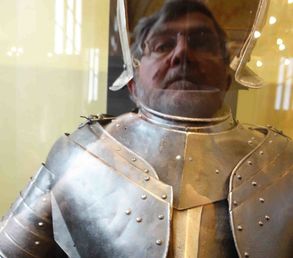
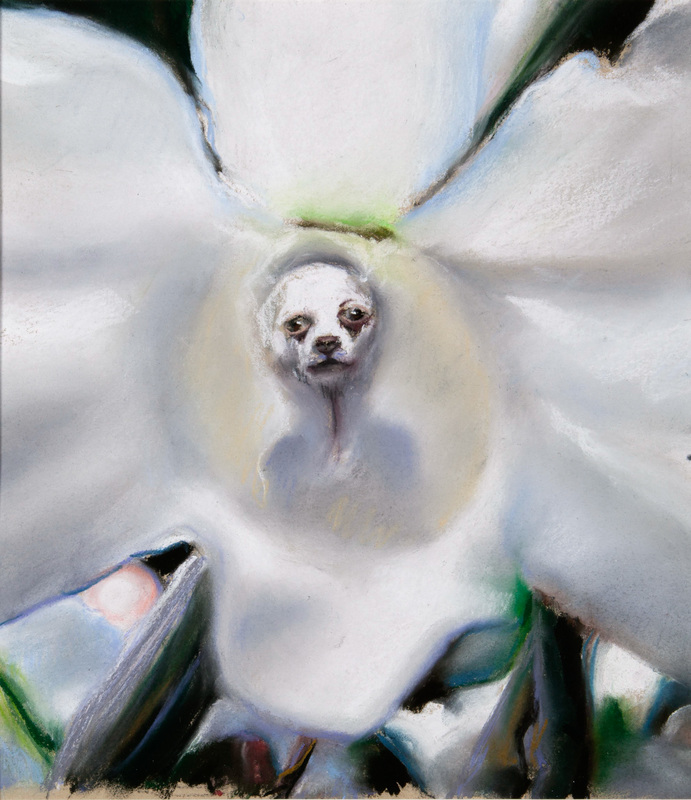
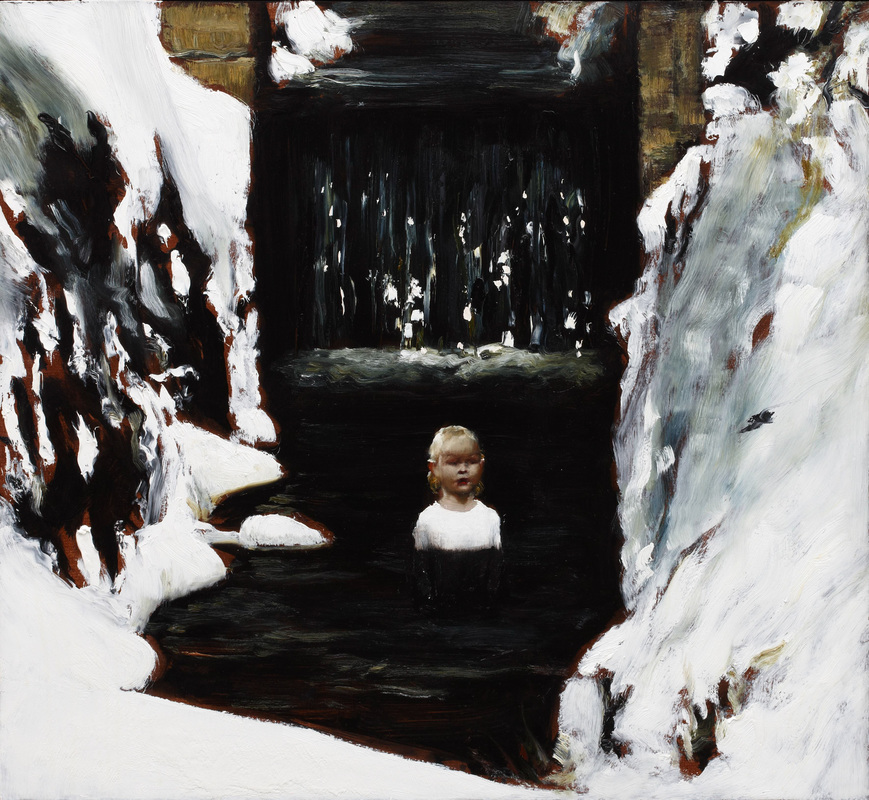
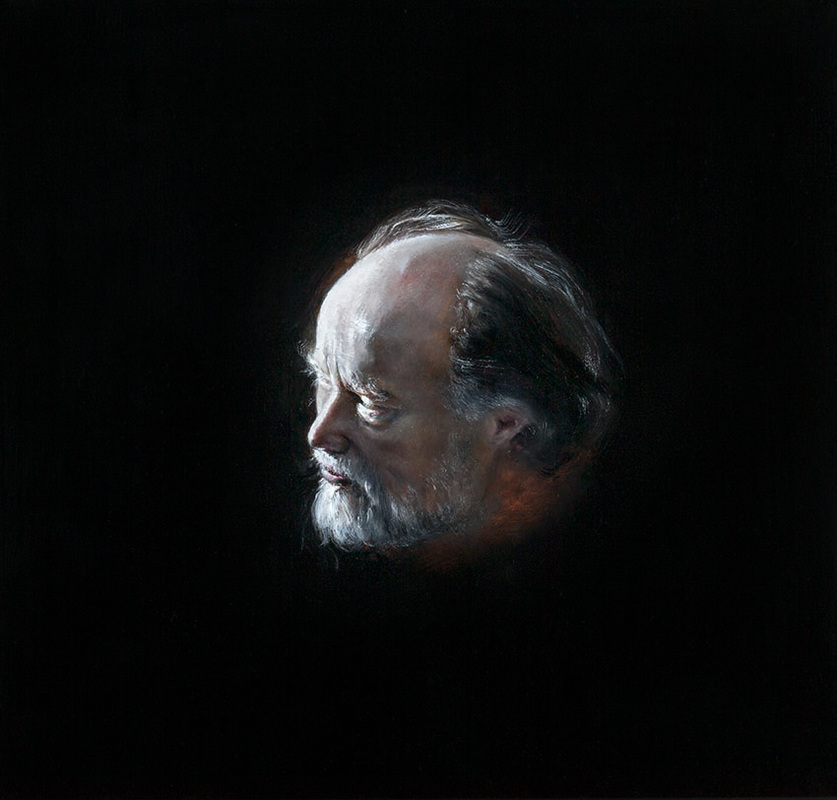
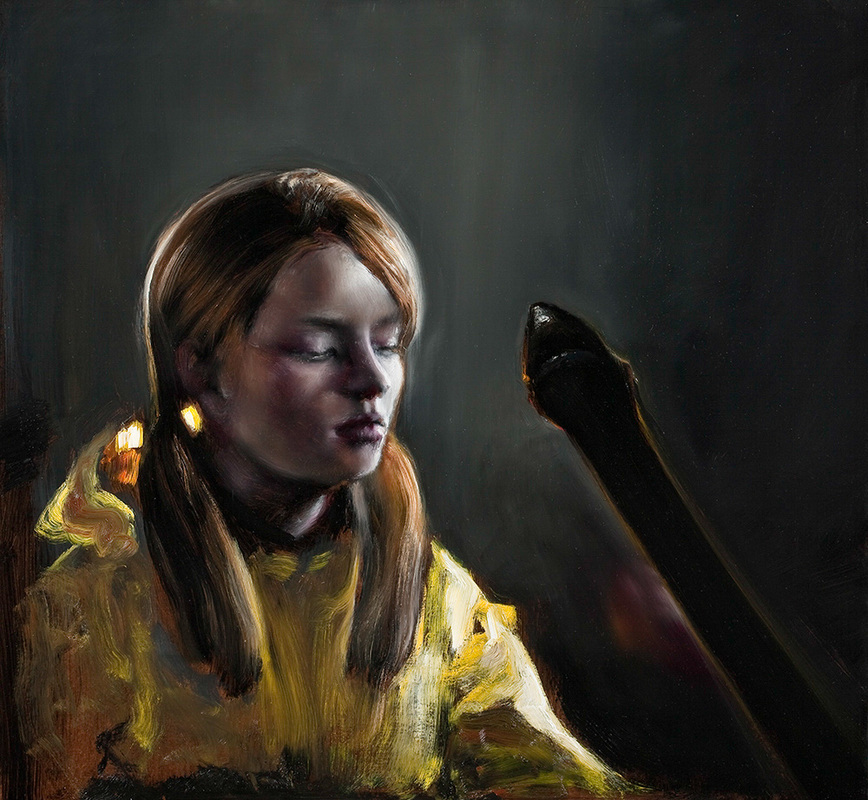
 RSS Feed
RSS Feed